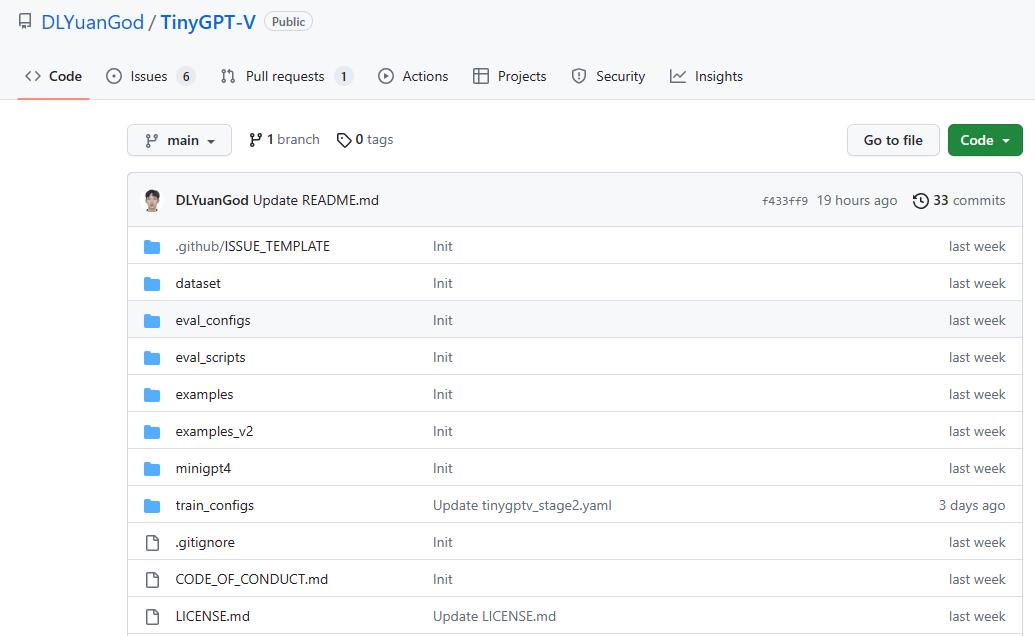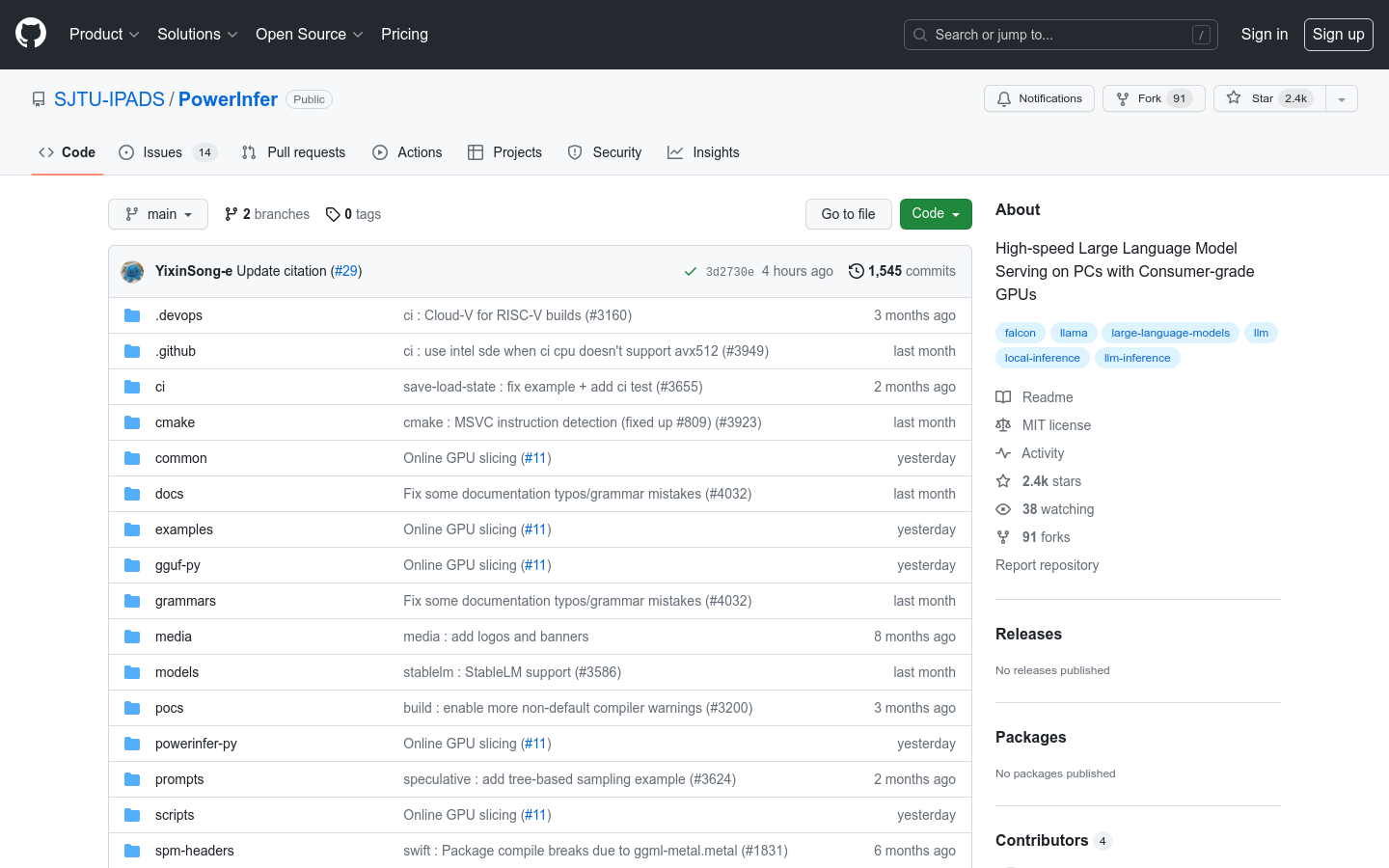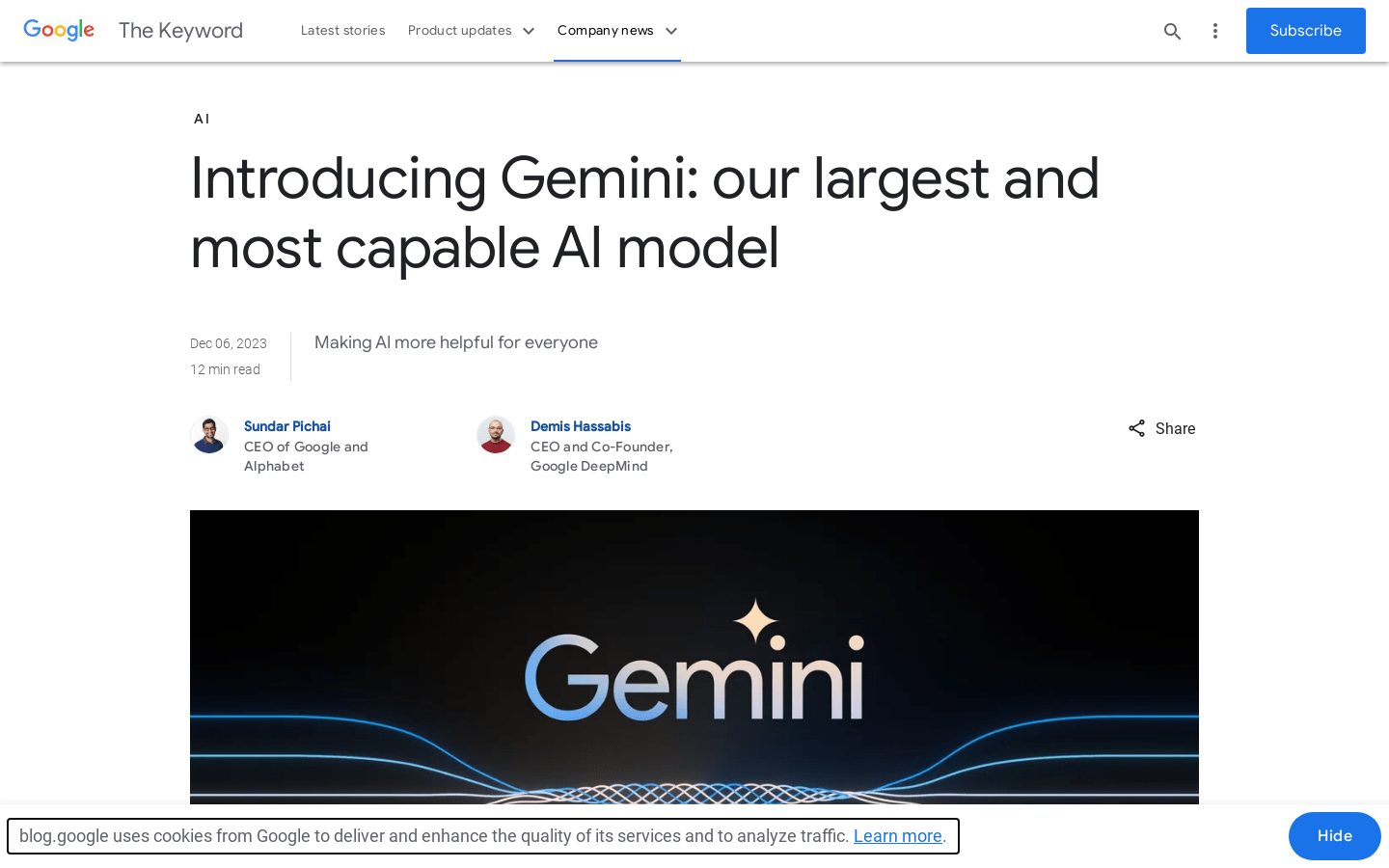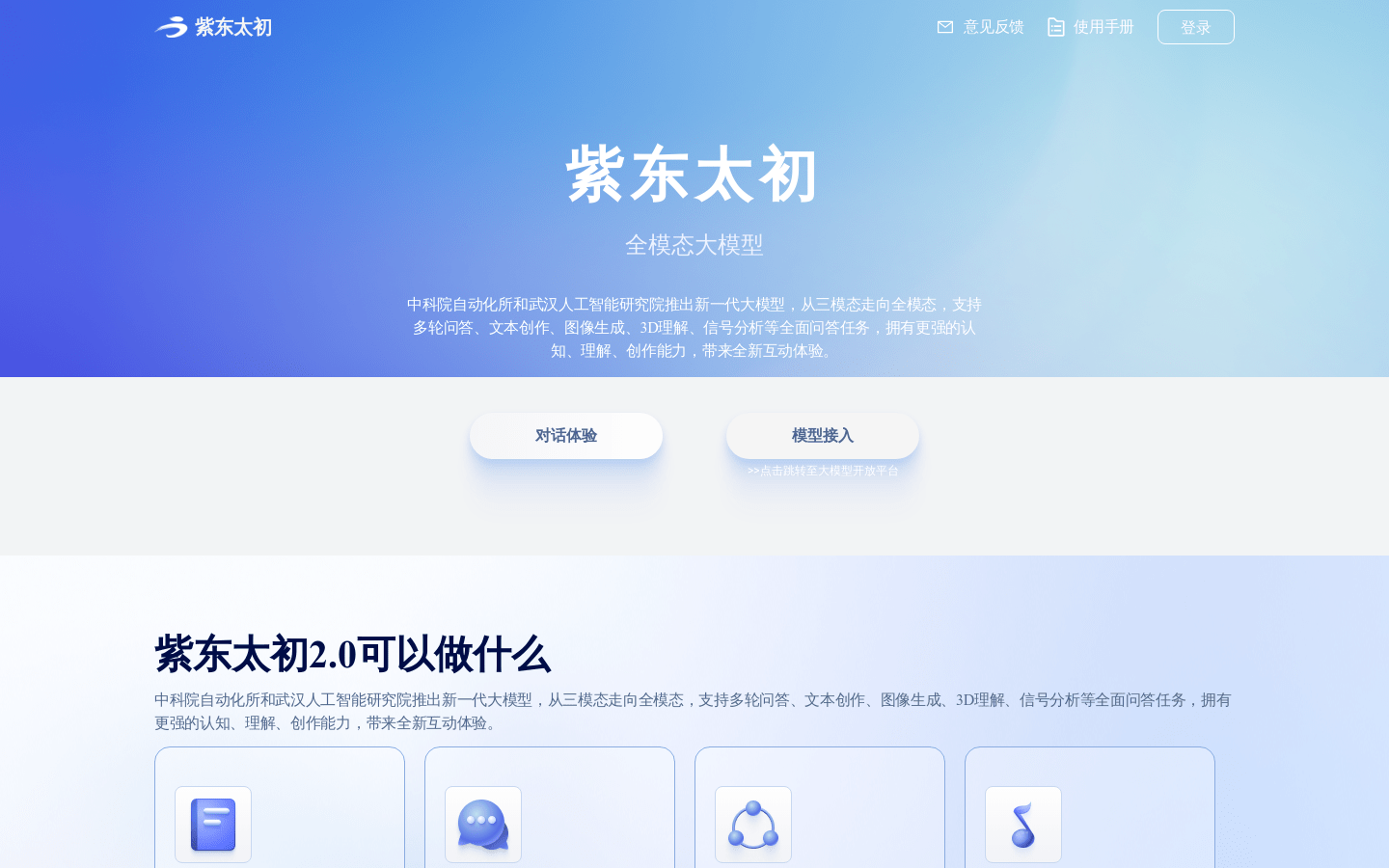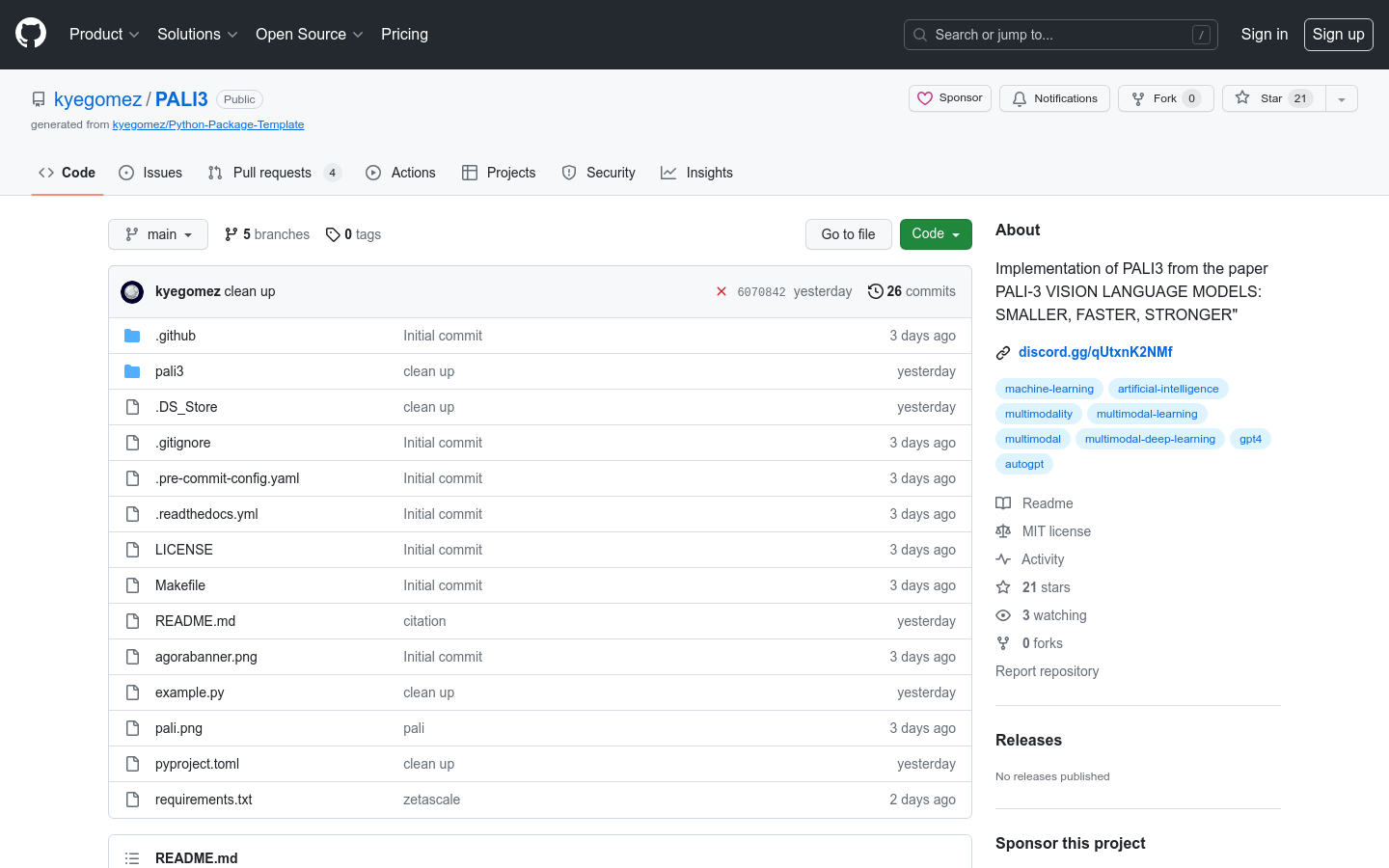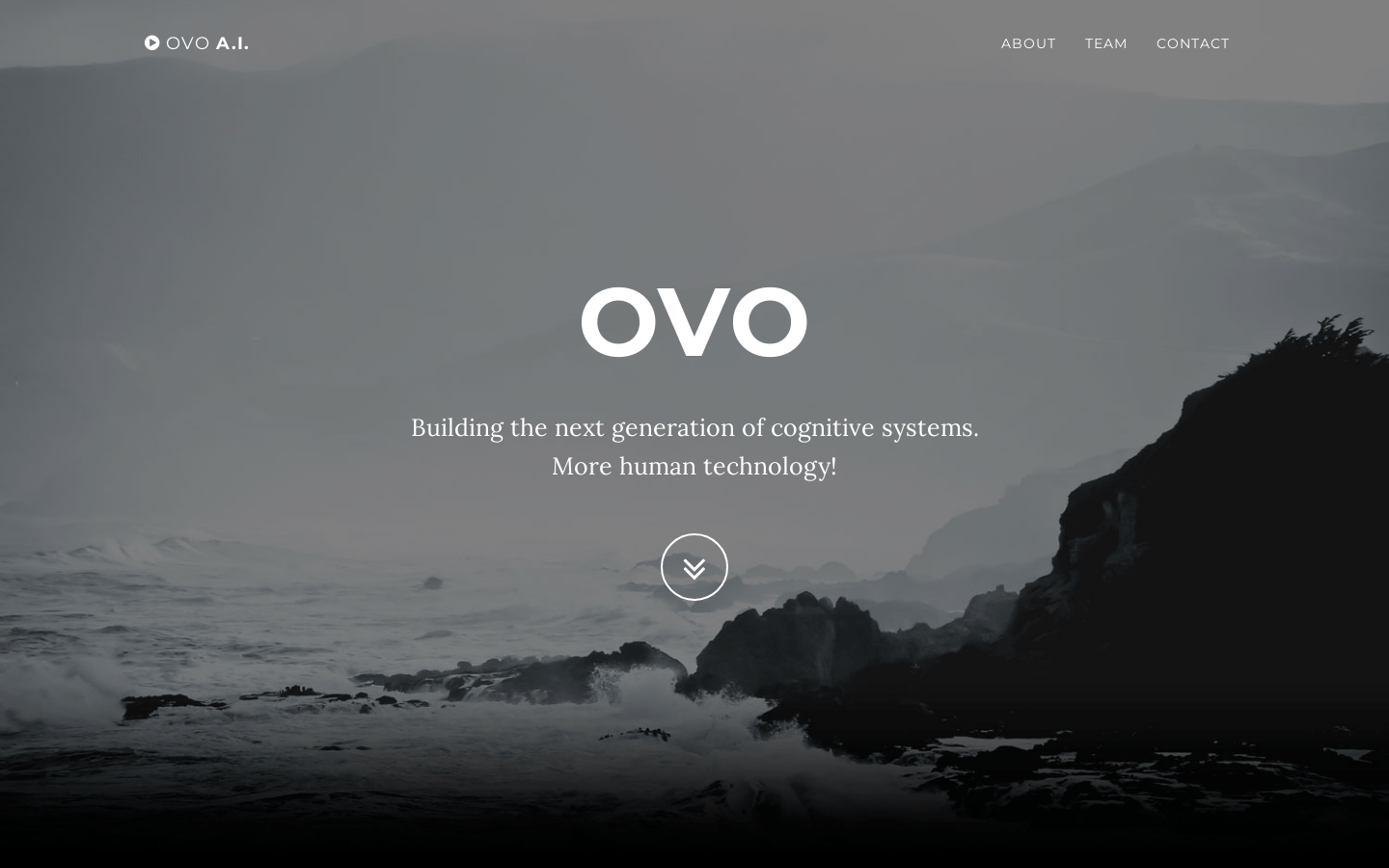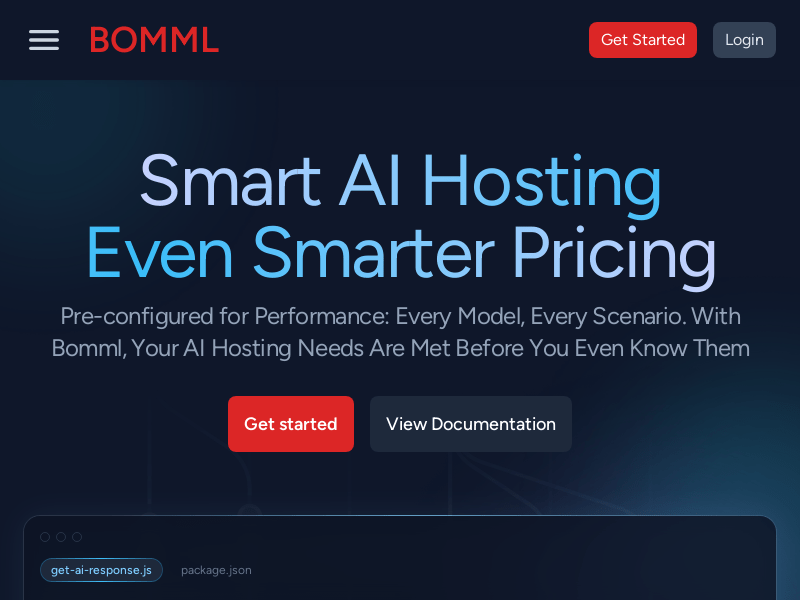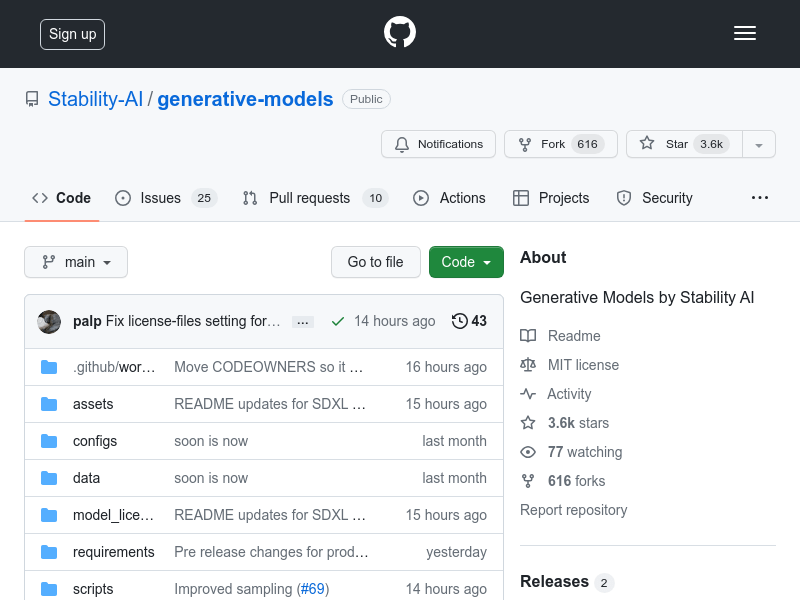🤖
AI Category
AI model
Found 36 AI tools
36
tools
Primary Category: AI
Subcategory: AI model
Found 36 matching tools
Related AI Tools
Click any tool to view details
Related Subcategories
Explore other subcategories under AI Other Categories
🤖
Explore More AI Tools
AI model Hot AI is a popular subcategory under 36 quality AI tools











